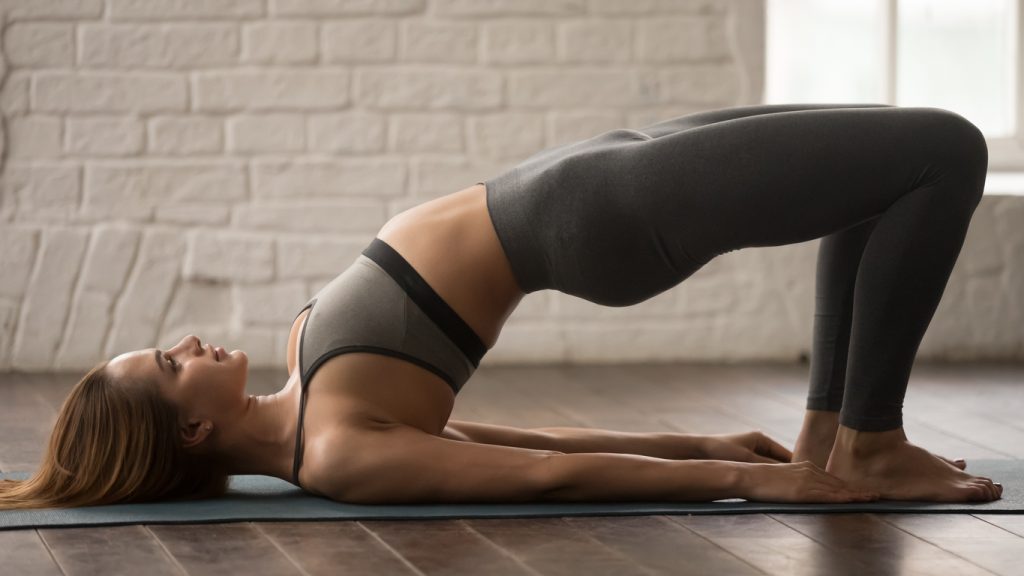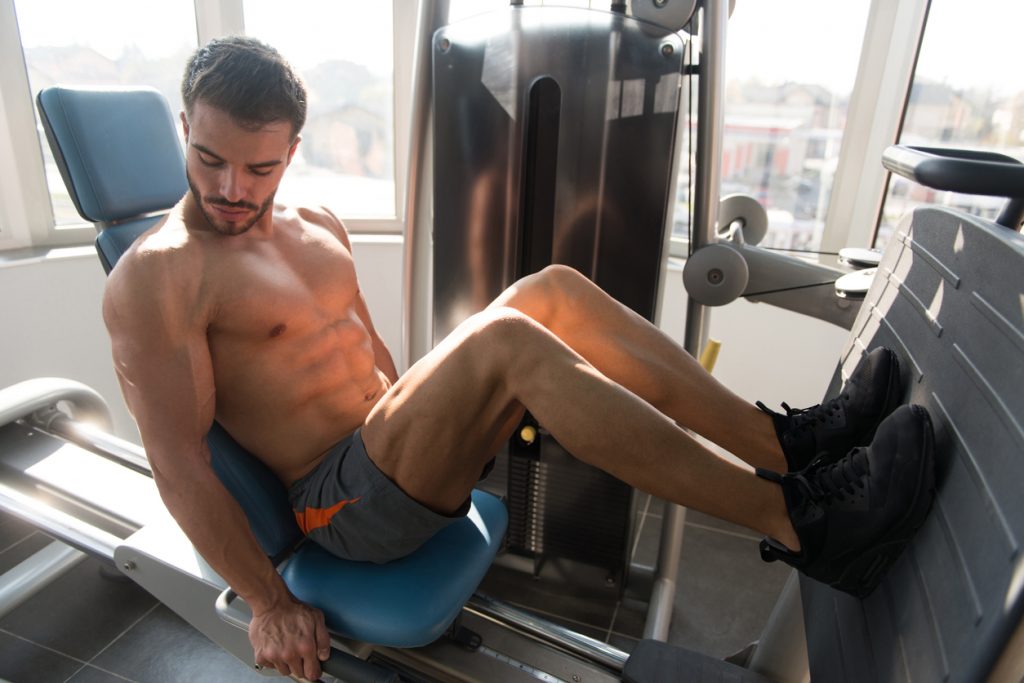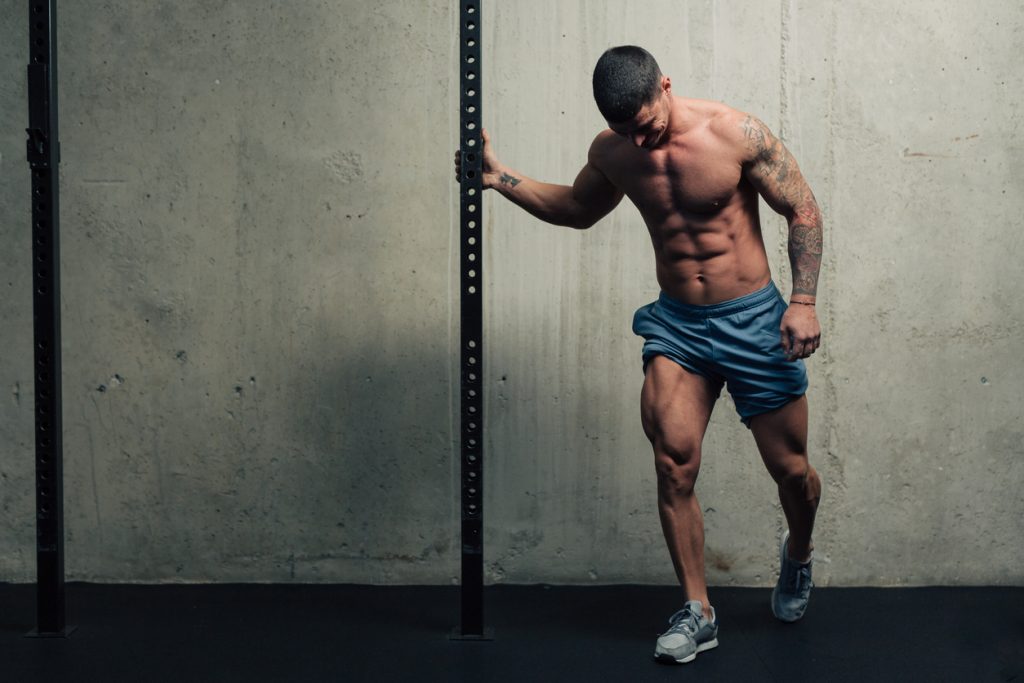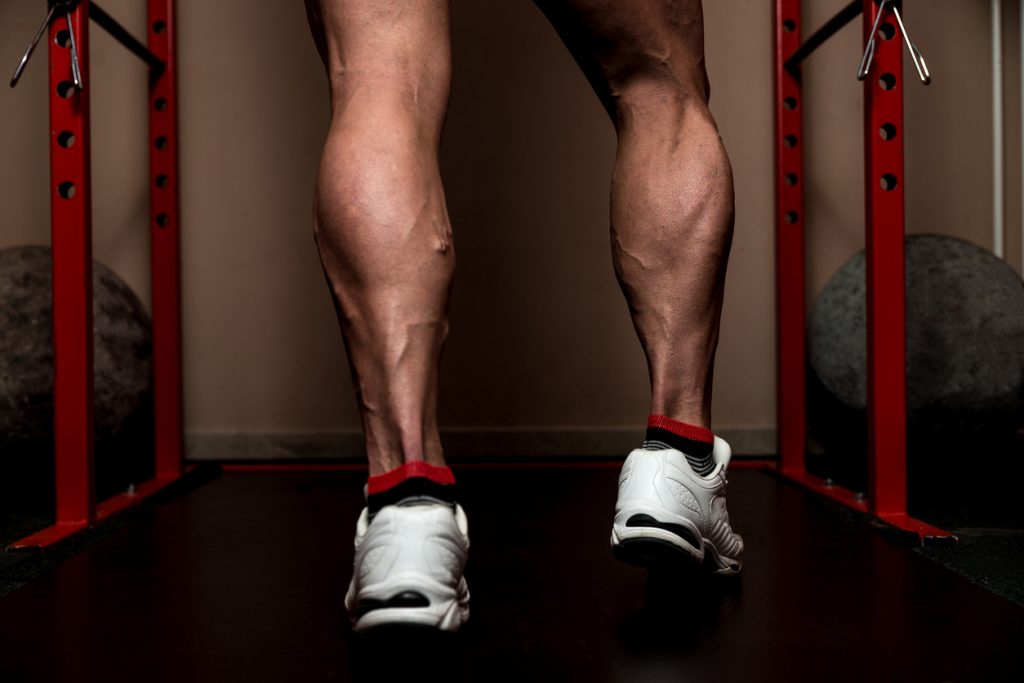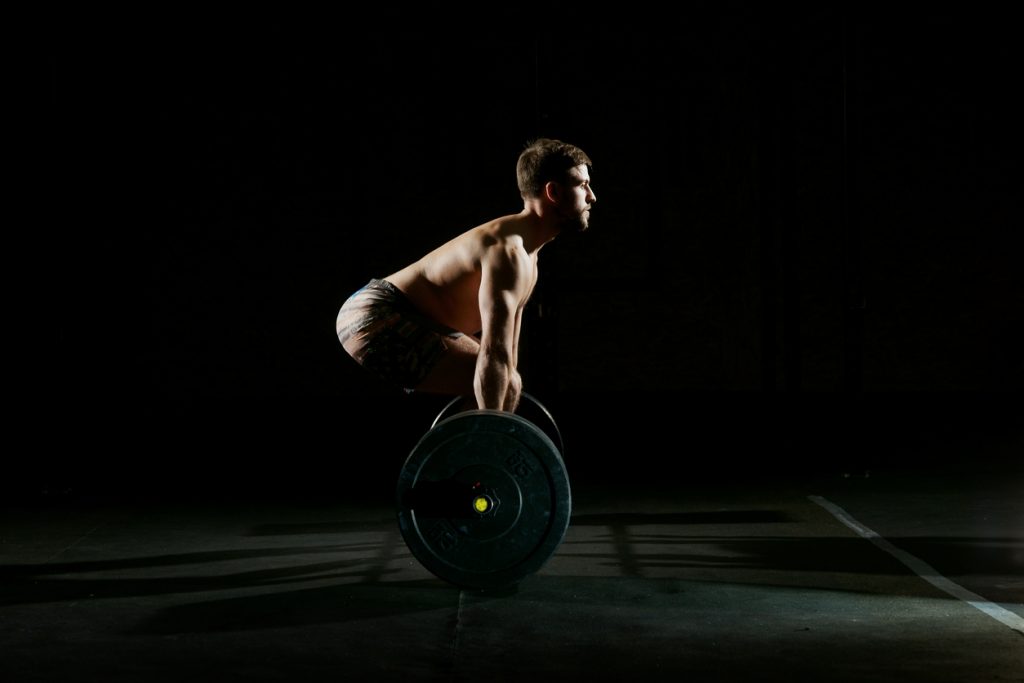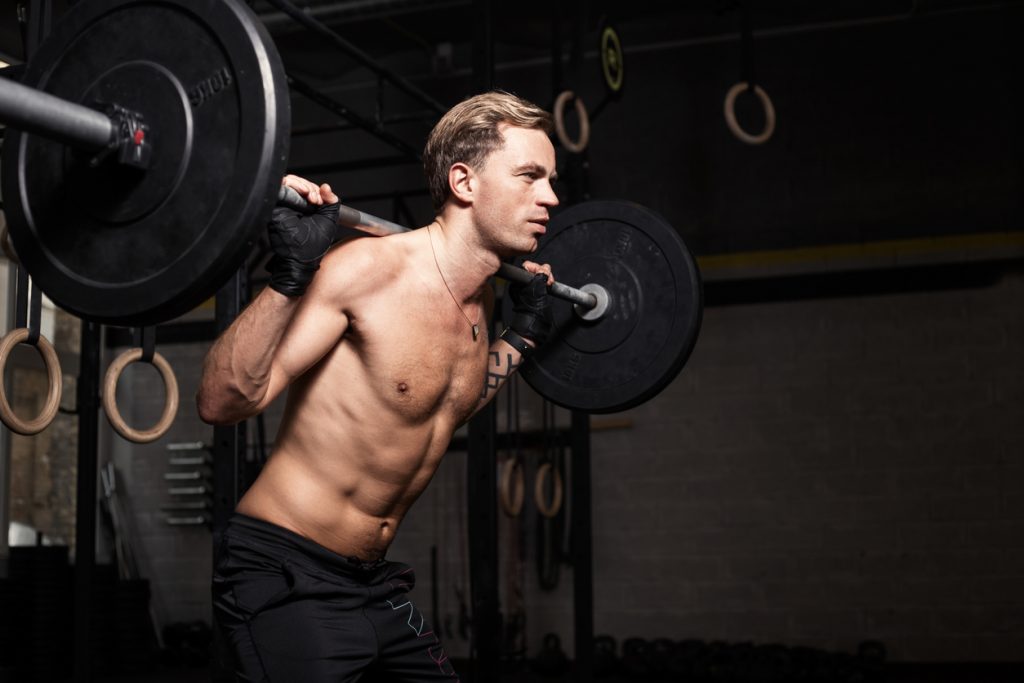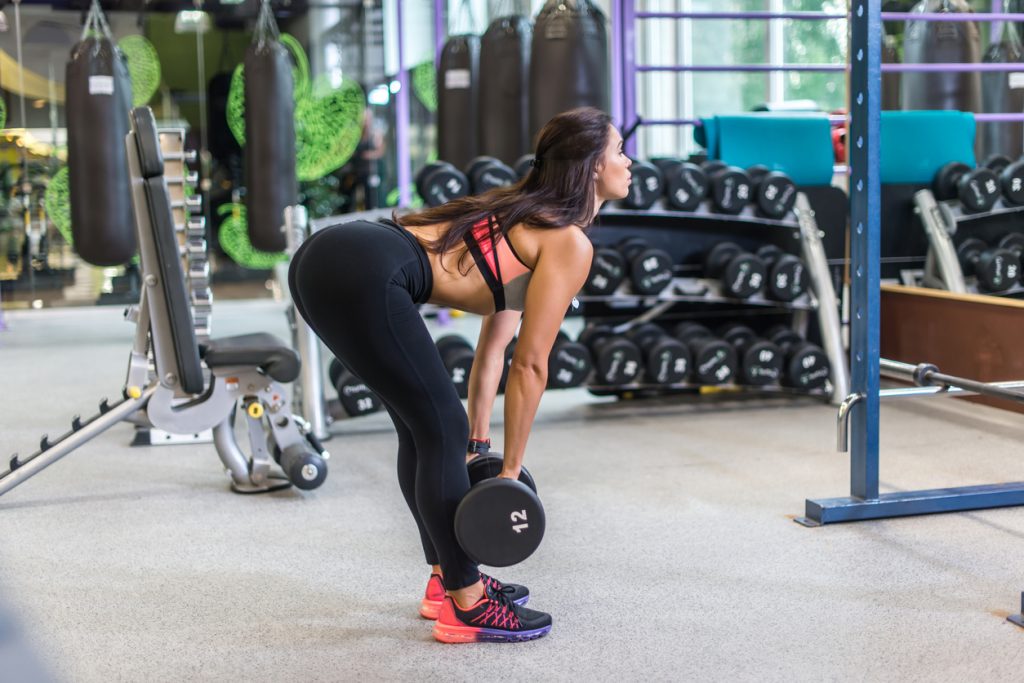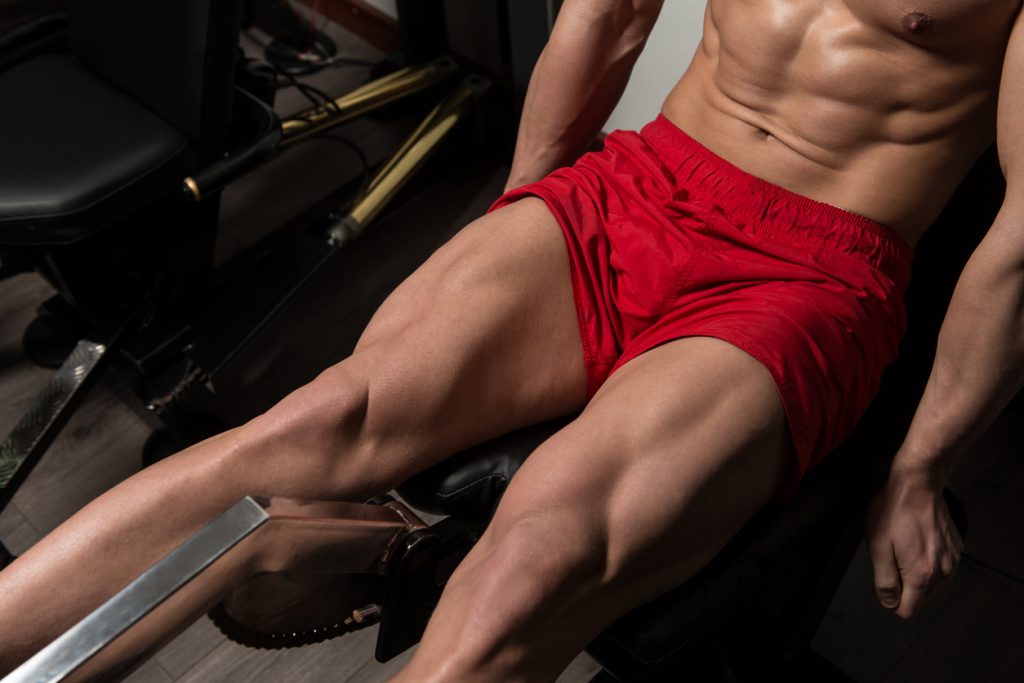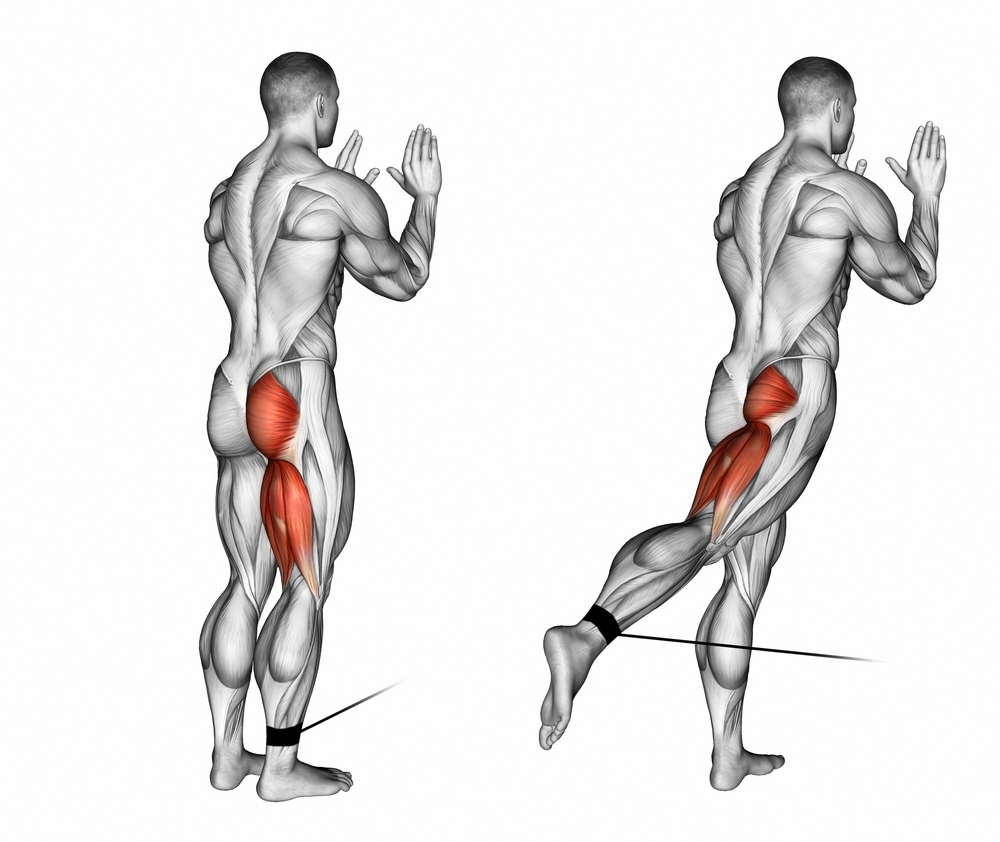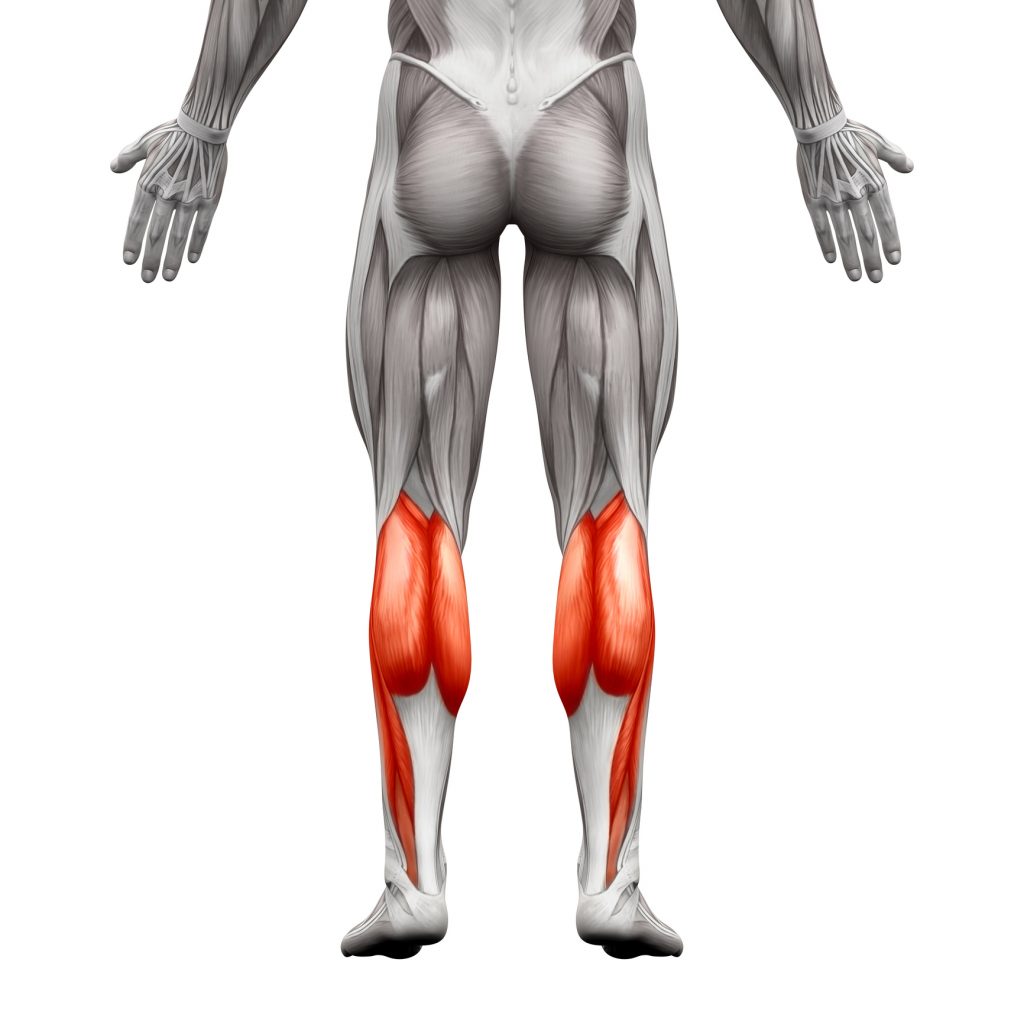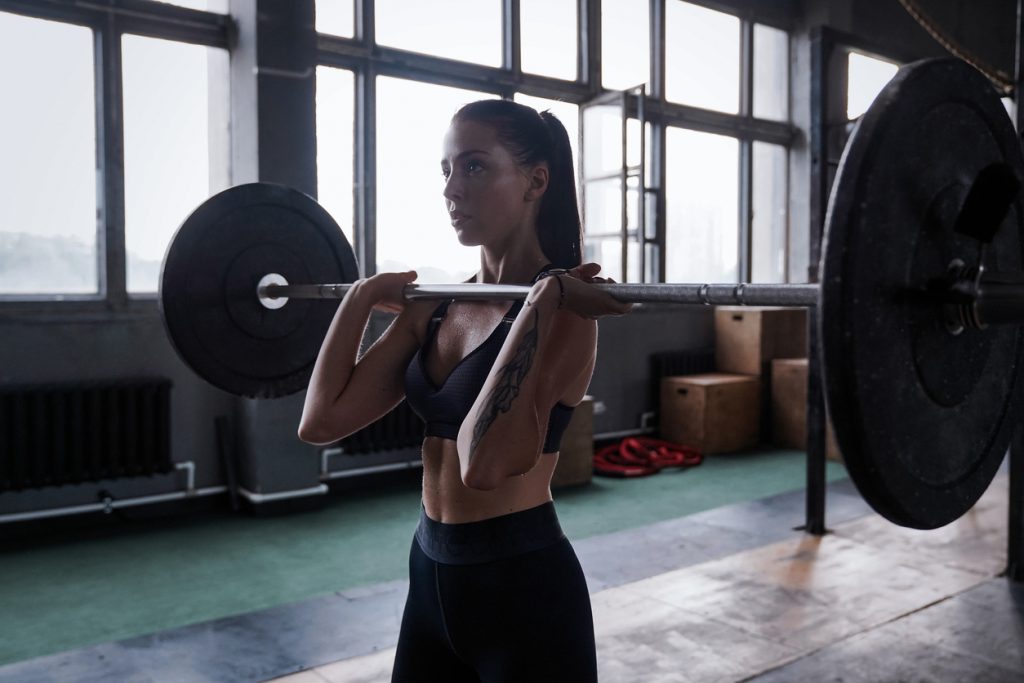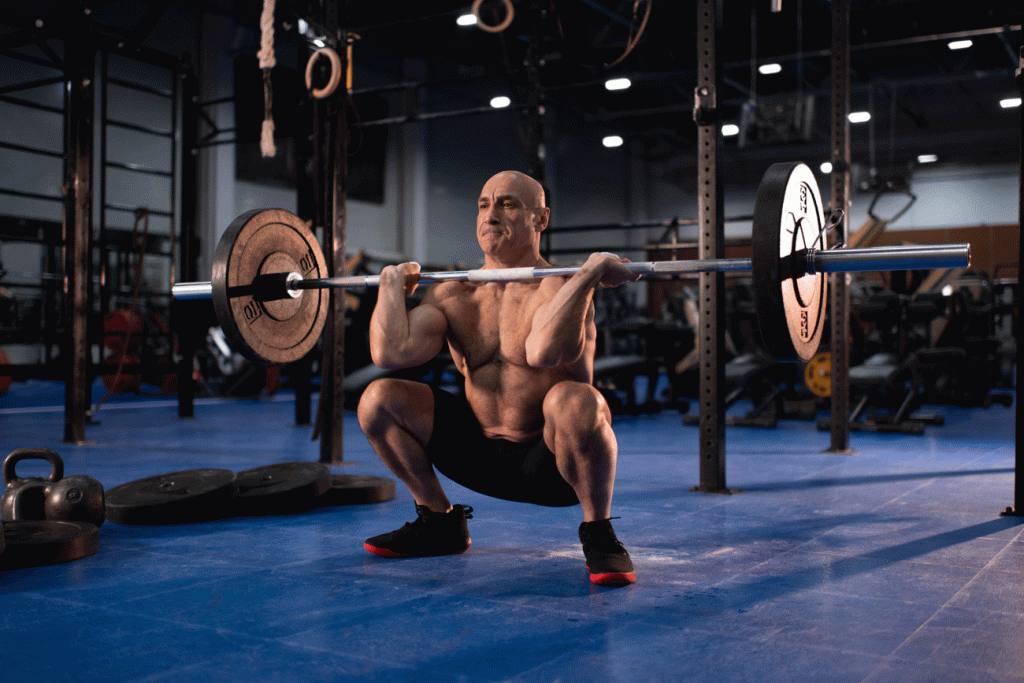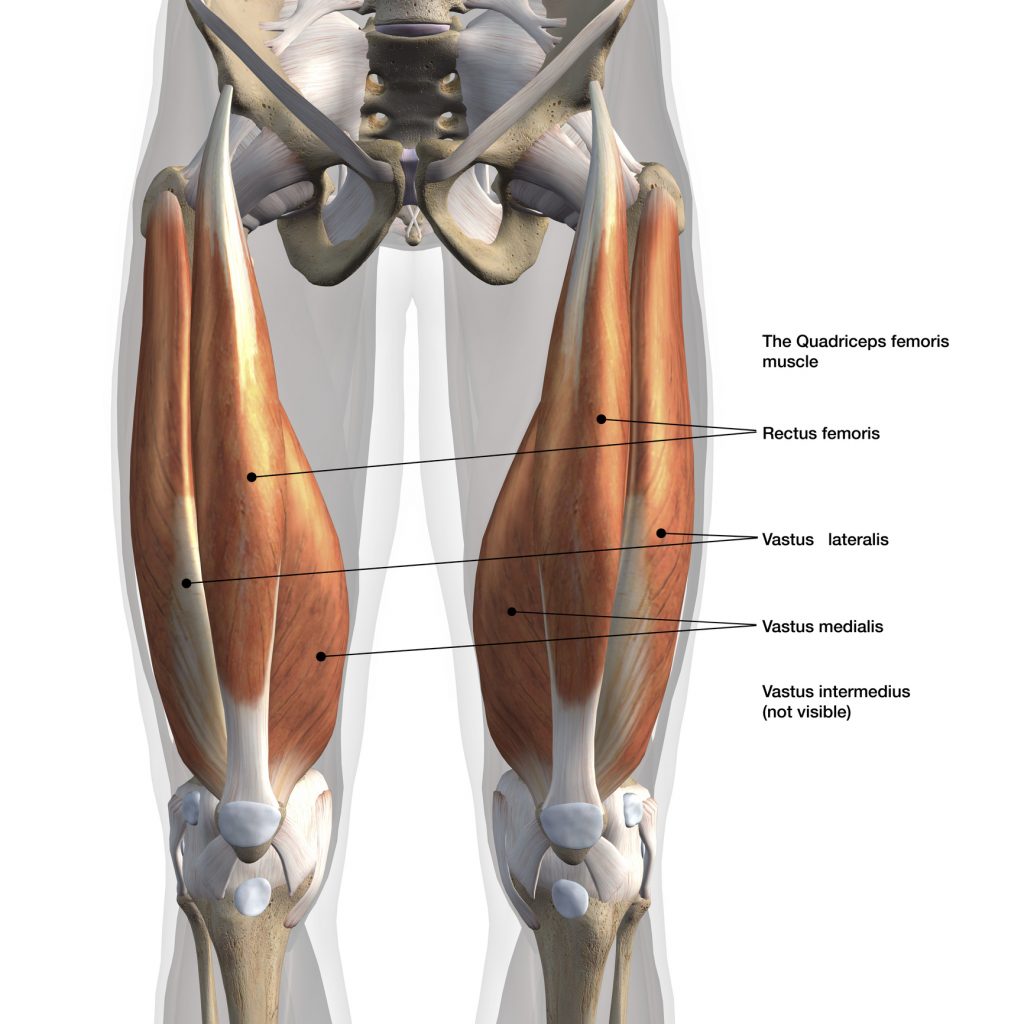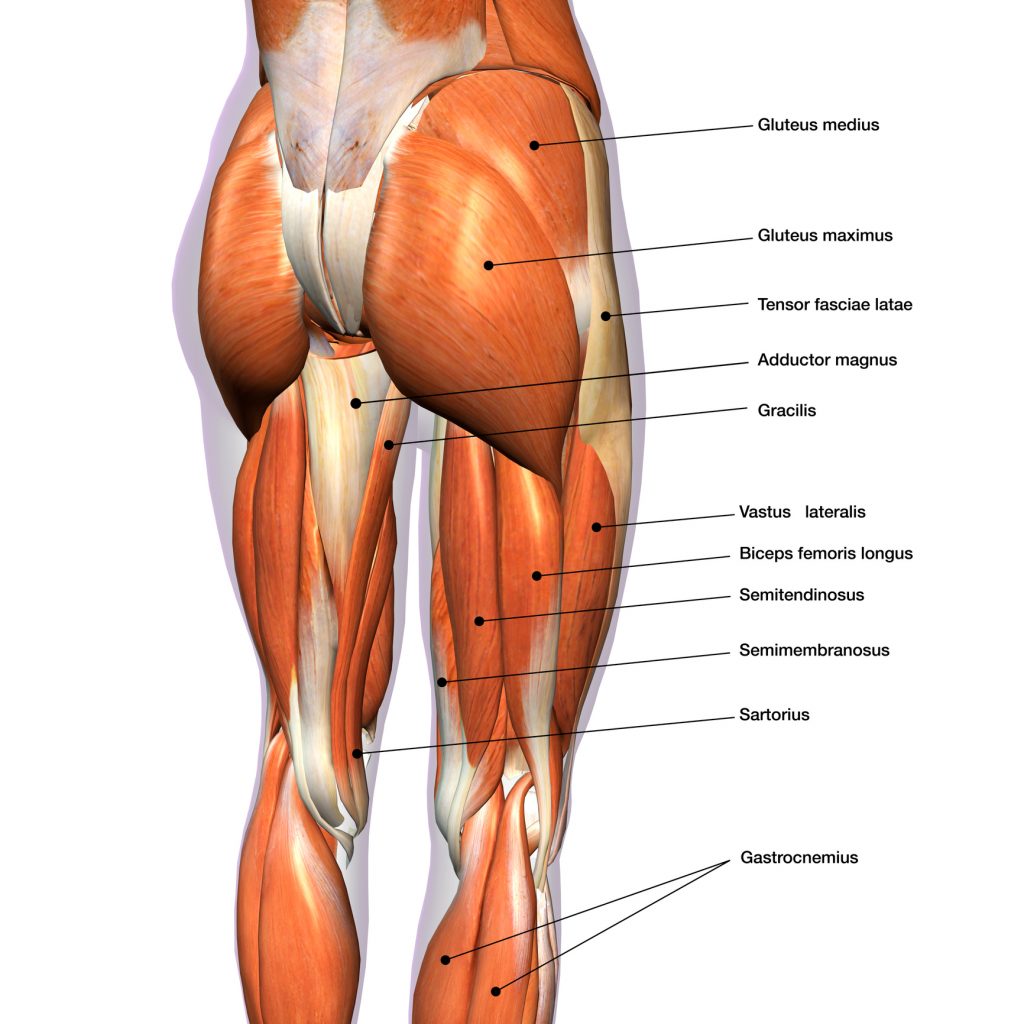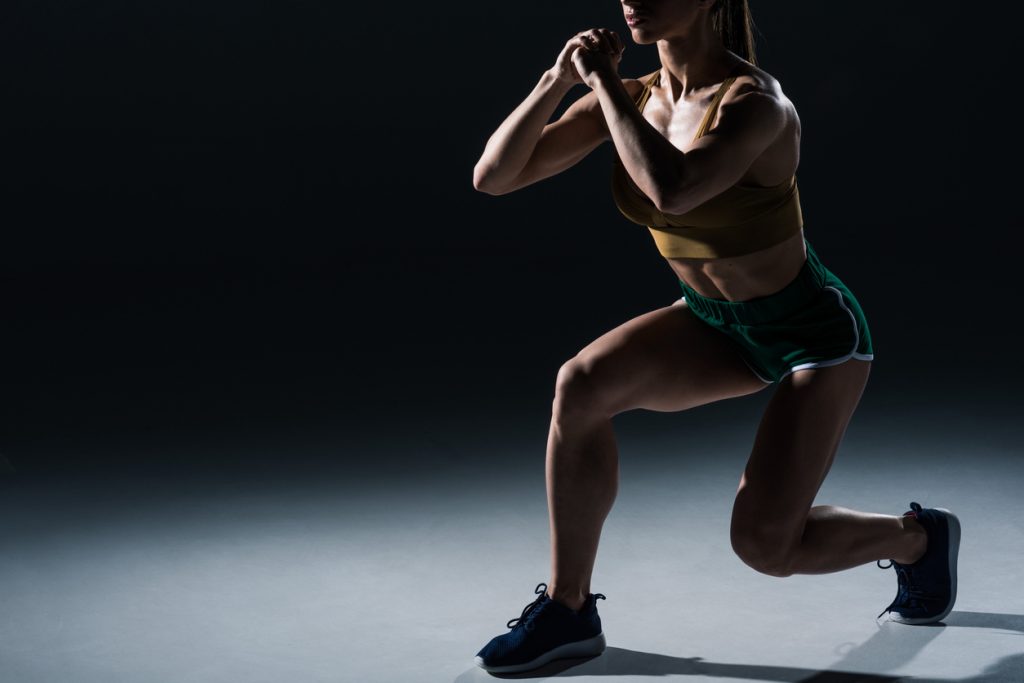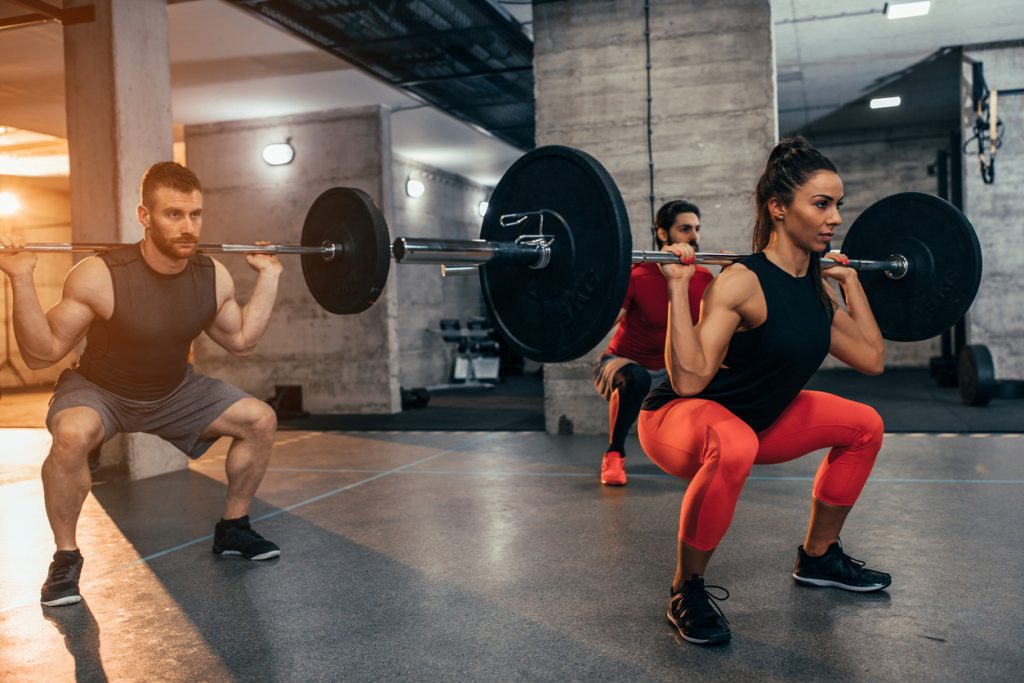Who doesn't dream of having firm and attractive buttocks in a pair of nice trousers or shorts? Behind this beautiful result lies a whole series of exercises and investments. The hip thrust is one of the best exercises for a full gluteal workout. With the hip thrust placement, all the gluteal muscles are mobilised. The advantage of this exercise is that it focuses on the gluteal muscles. It is the ideal exercise for working the quadriceps and the rectus femoris. This exercise is performed with a dumbbell or barbell.
In order not to make mistakes when practising, analyses of the movements and anatomical functioning with some practical demonstrations can be found in the fitness sections proposed by the professionals.
The hip and its functionings
The main role of the hip is to ensure the stability of the pelvis on the pelvis and the legs. It connects the femur to the pelvis, it is mobile and its joint system offers three degrees of freedom: flexion-extension, abduction-adduction and internal-external rotation.
The role of the knee
The knee is an intermediate joint between the thigh and the leg. It has an important mobility in flexion-extension. With its low bone mass, it provides the ligamentary and muscular system perfectly.
The function of the quadriceps
The quadriceps has four chiefs which end in a common tendon. These bundles are partially attached and then form the patellar tendon. The rectus femoris is connected to the hip bone and to the anterior-inferior iliac spine. It descends down and forward of the three chiefs to the common tendon. The rectus femoris crosses two joints which are the hip and the knee.
The three vastus medialis are the vastus intermedius, vastus lateralis and vastus medialis. The role of the vastus intermedius is to attach to the body of the femur in the upper two thirds. These fibres follow the length of the body of the femur and cover both heads. The vastus lateralis on the external part is located at the anterolateral part of the thigh. And finally, the vastus medialis on the medial side which is located on the medial side of the thigh.
The function of the hamstring
This part of the muscle is located at the back of the thigh and consists of three long muscles that run from the ischium at the back of the hip bone to the leg bones. These three muscles are polyarticular and have a combined action on two joints (hip and knee).
Within these three muscles, there are two that are located internally and end on the tibia: the semimembranosus and semitendinosus and the long head of the biceps femoris which is located externally and ends on the head of the fibula.
The hip muscles
The hip is composed of several muscles of which the following can be noted: the adductors which are in turn composed of five muscles that occupy the medial part of the thigh. Attached to the pubis to the ichio-pubic branch, they can be classified from highest to lowest as follows: from the highest, we have the pectineus, lower the adductor brevis, below is the adductor longus. These two adductors are located on a lower limb of the back.
The adductor magnus is broken down into two more bundles: the middle bundle and the vertical bundle. There is also what is called the gracilis which runs vertically down the thigh. The tensor fascia-tata attaches superiorly to the anterior superior illiac spine and runs down to terminate on the fascia-lota. The gluteus maximus is one of the largest and most powerful muscles in the body.
It is divided into two planes: a superficial plane and a deep plane. The gluteal deltoid is the superficial plane of the gluteus maximus behind, the tensor fasciae in front where these two muscles end.
The knee muscles
The short head of the biceps femoris is one of these biceps bundles. It is located on the line of the femur and ends with the long head of the biceps by a common tendon on the head of the fibula. Its role is knee flexion and lateral rotation of the leg.
The polipitus fossa, sural triceps and gastrocnemius are all muscles that make up the knee area. The gastrocnemius and hamstrings, for example, work synergistically on the weight-bearing limbs during the performance of the squat.
The hip thrust, the ideal exercise for the glutes
In the first step, the scapulae are placed on the edge of the bench. In order to optimize the contractions of the glutes, you should try to place your feet in line with the width of your shoulders. At this point, you can already feel the contraction of the gluteus maximus.
Knees above the heel with the toes over the knees, this position decreases the flexion and puts more strain on the gluteal muscles. As the exercise progresses, you can further increase the tension of the glutes, for example by using an elastic band around the knees. In this exercise, the placement of the feet and legs are very important.
In step two, the pelvis is in a low position, the barbell is placed in the hollow between the rectus and the pelvis. This action will contract the glutes and bring the pelvis higher.
Last step, you just have to come back to the initial place with the pelvis anteverted. During this exercise, here are the muscles solicited: large and medium gluteal muscles, small gluteal muscles and the muscles of the hip.
Coach's advice
With a small amplitude, the stretch and the contraction of the buttocks is also short and small. Attention, in this position, by going down lower, the exercise will not be of squat, it will solicit the muscles of the thighs. You have to work on the earth pull in this case.

